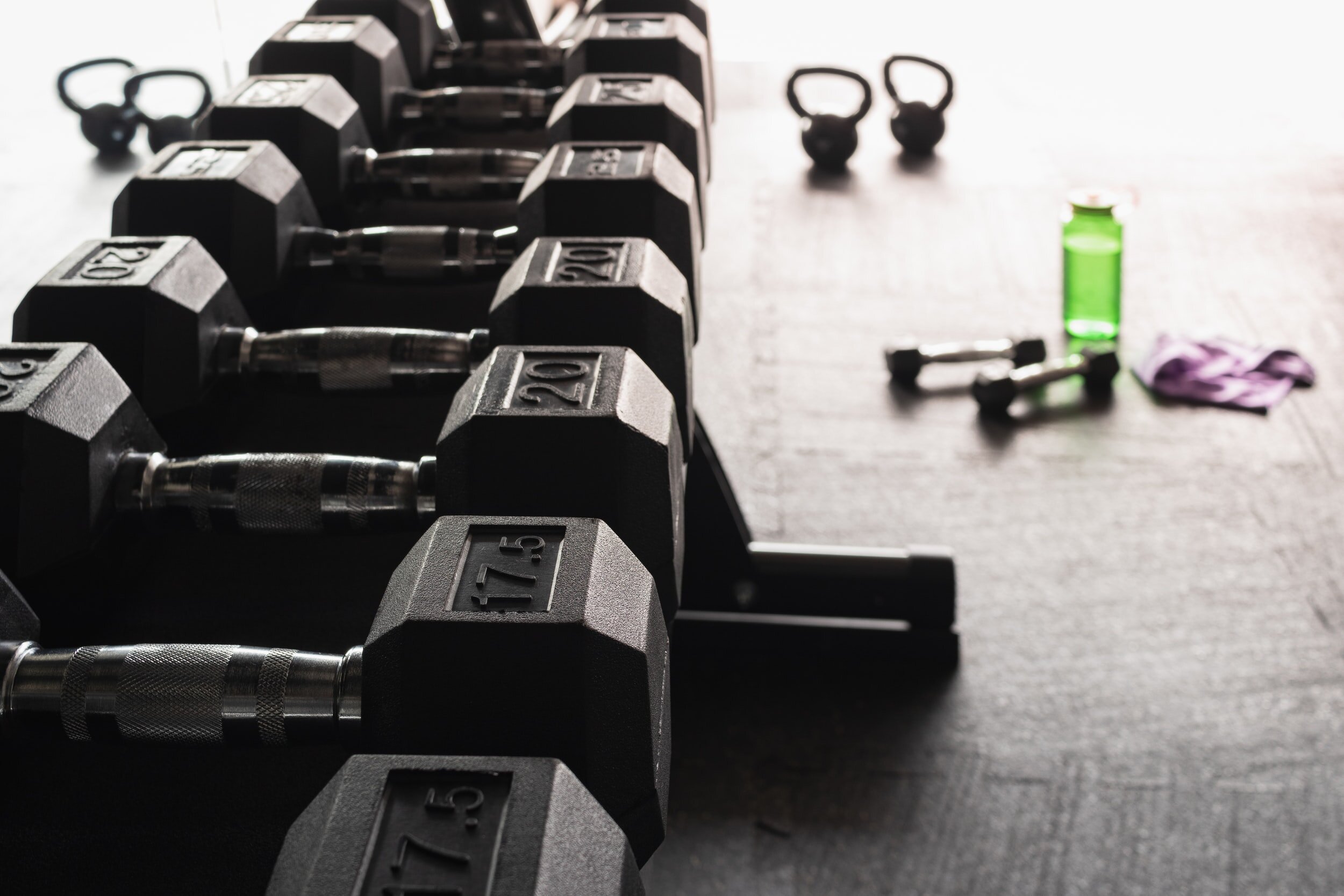Correct Way to Breathe During Exercise
Why is breathing correctly while working out so important?
Strength
For strength workouts, focusing on your breathing technique provides you with multiple benefits:
helps you to maintain control of your body
keeps you calm and focused in order to engage the correct muscles for the exercise you are performing
gives you the ability to lift more.
Cardio
For cardio specific workouts, your breathing habits are key. Throughout my football career, I found that my breathing was off. Instead of focusing on this, I focused on other elements of my performance during practices and games. Because of this, I truly believe my football career was cut short. My breathing technique was short bursts while running at full speed. I believe that is why I was great at short distance sprints (10-20 yards) and then struggled with longer distance sprints (past 20 yards).
Similar to football games and practices are high intensity interval training (HIIT). Proper breathing during these workouts can make a huge difference. Short intense breathing causes you to inhale more carbon dioxide than oxygen which constricts your blood vessels. The affect of this constriction tires you out fast and can make you feel dizzy.
Quick Lesson on Breathing
An article posted by NASM (National Academy of Sports Medicine) goes into detail on how the lungs work:
The average person’s lungs move about 0.5 liters of air with each relaxed breath. That amount can jump to 3 liters during vigorous exercise.
When you inhale, air travels through your nose and mouth and on through the pharynx, larynx, trachea, bronchi, and smaller and smaller tubes called bronchioles (which are the thickness of a hair) to 600 million small sacs in the lungs called alveoli. Each alveolus is surrounded by a net of tiny capillaries, where red blood cells drop off carbon dioxide and pick up oxygen (a process called “gas exchange”).
When you exercise, the levels of carbon dioxide and hydrogen ions in your bloodstream increase. This leads to a drop in blood pH, which triggers an increase in breathing rate. In fact, the primary driving force behind almost all respiration (especially at sea level) is a need to remove carbon dioxide, not to take in oxygen. At altitude, respiration increases because the blood is less saturated with oxygen.
Exercise increases respiratory system efficiency, but it doesn’t significantly increase lung capacity.
What is the correct way to breathe during exercise?
Day to Day Breathing
Outside of your workout, your breathing motion should not be in the upper chest but rather the lower ribs and belly. To practice this, place your hands on your belly and feel the motion of your breathing. Inhale and your belly should expand and exhale and your belly should tighten.
Check out a video tutorial for this, here.
Strength
Breathing in through your nose during the eccentric part of your exercise and breathing out through your mouth during the concentric part of your exercise. Using a push up as an example, breathe in through your nose on the way down and out thorough your mouth on the way up. Another example being a squat, breathe in through your nose on the way down and out through your mouth on the way up.
Cardio
Maintaining calm and collective thinking about your breathing, breath in through your nose, filling your belly with air while expanding your lungs as much as possible and breathing out through your mouth, squeezing the lungs as much as possible through your belly. Make sure to practice this breathing technique before working out!
Keep practicing because it will be very difficult to stay calm and focus on your breathing when I am saying “HIT, HIT, HIT” over and over again for football hustle up downs.



